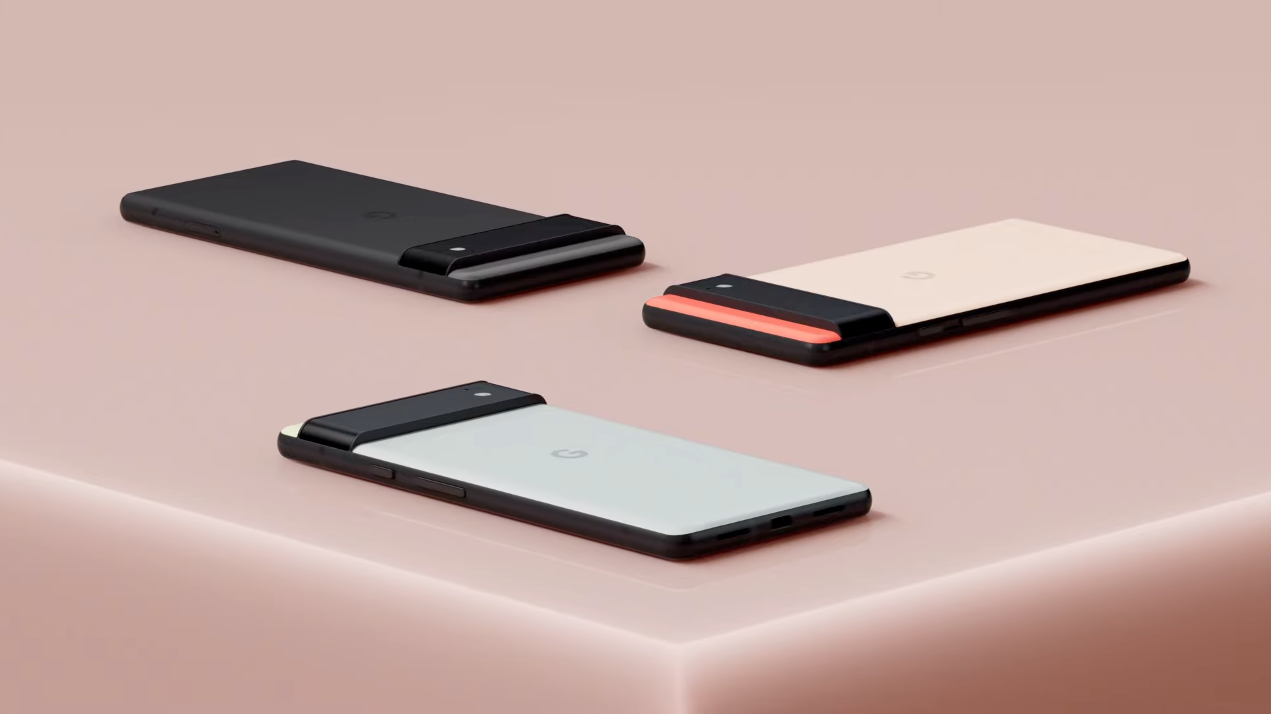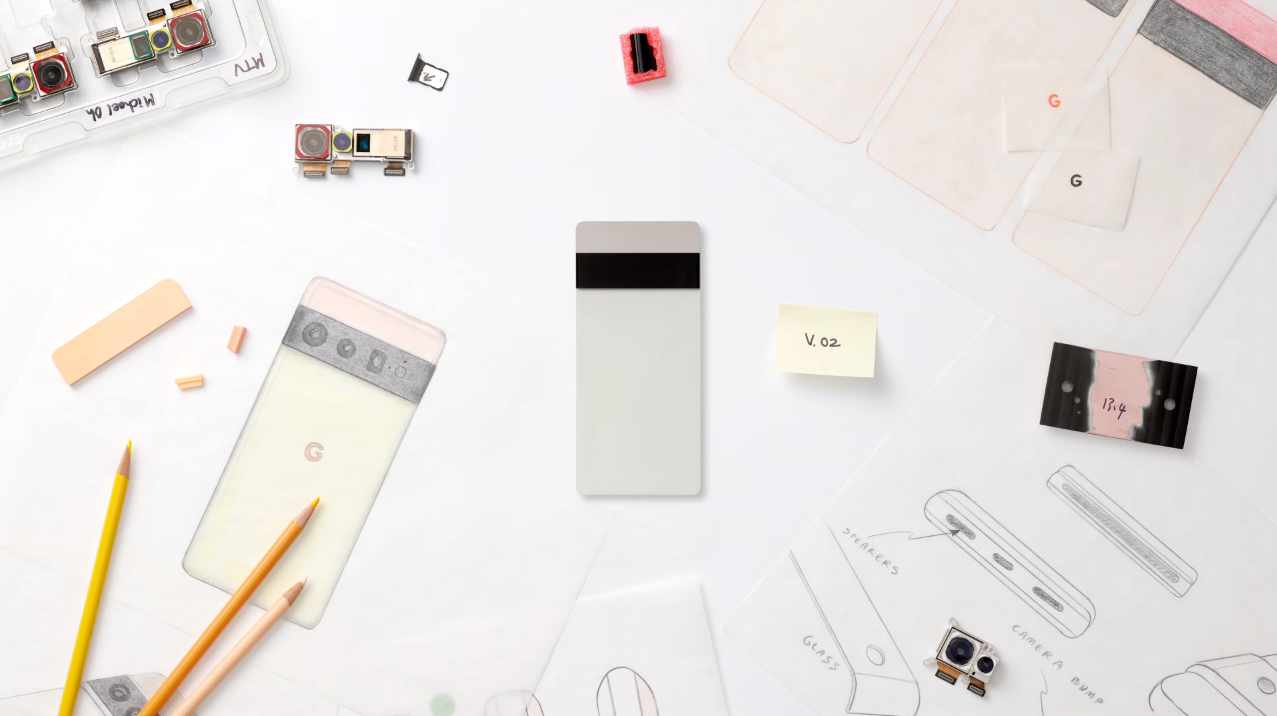Yesterday, Google spent nearly an hour streaming a phone launch that, for all intents and purposes, could have been over in two minutes. The company had been teasing its Pixel 6 and Pixel 6 Pro for months, going so far as to pre-announce them in June and then stick dummy units in store windows. Over the past few weeks, we'd seen almost every aspect of the phone leak down to its key features, spec sheet, and upcoming accessories. Rick Osterloh, Google's head of hardware, could have walked across the room, plopped the two devices down on a table and said, "You know what these are, go buy them," and for many of us the impact would have been similar.
But Google didn't host the event for bloggers or hardcore Android nerds who read Android Police, it did it for the millions of new customers it hopes to attract with a revitalized marketing strategy that clearly aims at younger consumers who, with overwhelming odds, use an iPhone. Everything from the emphasis on personalization, camera quality and equity, battery life, and the materials used in production, were straight out of a lifestyle product launch playbook — the words, tones, and colors used in the presentation saw less inspiration from technology keynotes of the past than apparel and jewelry launches of the present.
Right after Osterloh's introduction of the phone, which briefly highlights the advancements in AI and machine learning through Google's new Tensor SoC, he throws it to Isabelle Olsson of the hardware design team, who outlines the Pixel 6's new squared-off shape and distinctive camera housing, which the company refers to as the "bar," but internally we've started to call the visor. Olsson leans into the jewelry comparison, repeatedly using words like "refined," elegant," and "expressive" when talking about the design and materials while calling out the "sophisticated but fun vibes" of the Sorta Seafoam model along with the "pastel pink paired with juicy red" hues of the Kinda Coral colorway. Google gets the tech stuff out of the way as quickly as possible to highlight the experiential and emotional aspects of its phones.
This is by no means the first time Google has done this, though. The company has leaned into colors, and the way their quirkiness differentiates products from the rest of the industry, since the first Pixels. Silly names like the Pixel 3a's "Purple-ish" have divided users for years, especially as, conversely, competitors like Apple and Samsung seem to revel in the seriousness of their design decisions. That Google approaches its products with a more lighthearted, wistful take on how they'll be used is something we've always taken for granted with the company's Pixel phones; some commentators have even pointed out that Google's whimsical, almost flippant approach to phones has allowed it to get away with releasing devices with debilitating problems, from the Pixel 2 XL's awful OLED display to the Pixel 3's memory issues and the Pixel 4's experimental Soli sensor.
At the beginning of the broadcast, Osterloh called the Pixel 6 Pro Google's "first flagship phone for people who want our most advanced technology," a showcase for all of the company's best tech and services in one place. This rewriting of the past few years is odd, especially given the fact that previous Pixels, like the Pixel 3 XL and 4 XL, were actually more expensive than the 6 Pro, running top-of-the-line Qualcomm chips that, even by Google's admission, take a more quantitative approach to performance than Tensor.
And while Tensor's custom design is certainly a huge step for Google's phone ambitions, Google has included custom silicon in its Pixel phones for years, first in form of the Pixel 2's Pixel Visual Core and evolving to the Neural Core in the Pixel 4. These chips played second fiddle to Qualcomm's primary SoC, working in tandem with the CPU and GPU to augment, not replace, functionality in camera and security processing, but it remains to be seen how much impact owning the whole stack will have on the Pixel experience.
Peak CPU and GPU speeds look great in benchmarks, but they don't always reflect real-world users' experience," said Monika Gupta, a product manager at Google, during the announcement. "Pixel 5 is a good example of our approach [to hardware]: Google software delivered a great experience, even on a chip that didn't win on benchmarks. Don't get me wrong, Tensor CPU and GPU are much faster compared to any past Pixel. But what matters more are the brand new experiences enabled by Google Tensor that weren't possible until now." We haven't had a chance to benchmark Google's Tensor SoC yet, but the company says that it should be in line with the Qualcomm Snapdragon 888 on raw speed, a metric that belies its other benefits, like on-device machine learning processing — ones tailor-made for the Pixel 6's software.
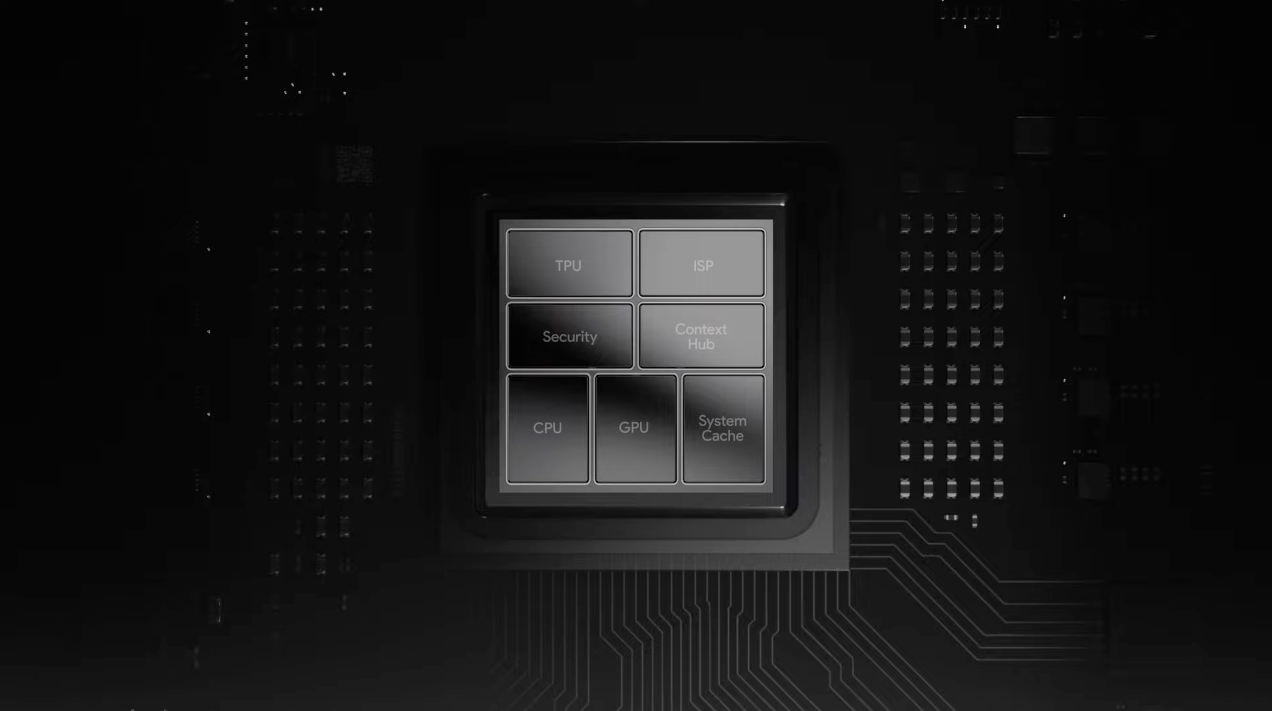
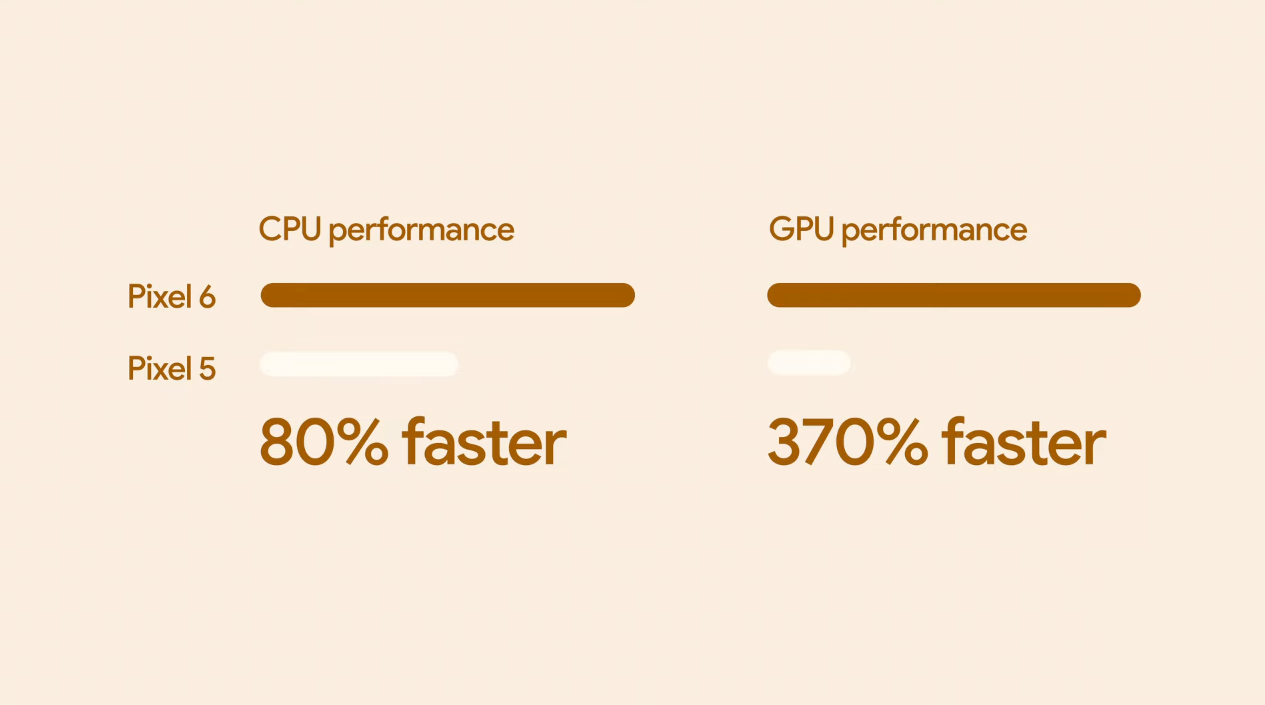
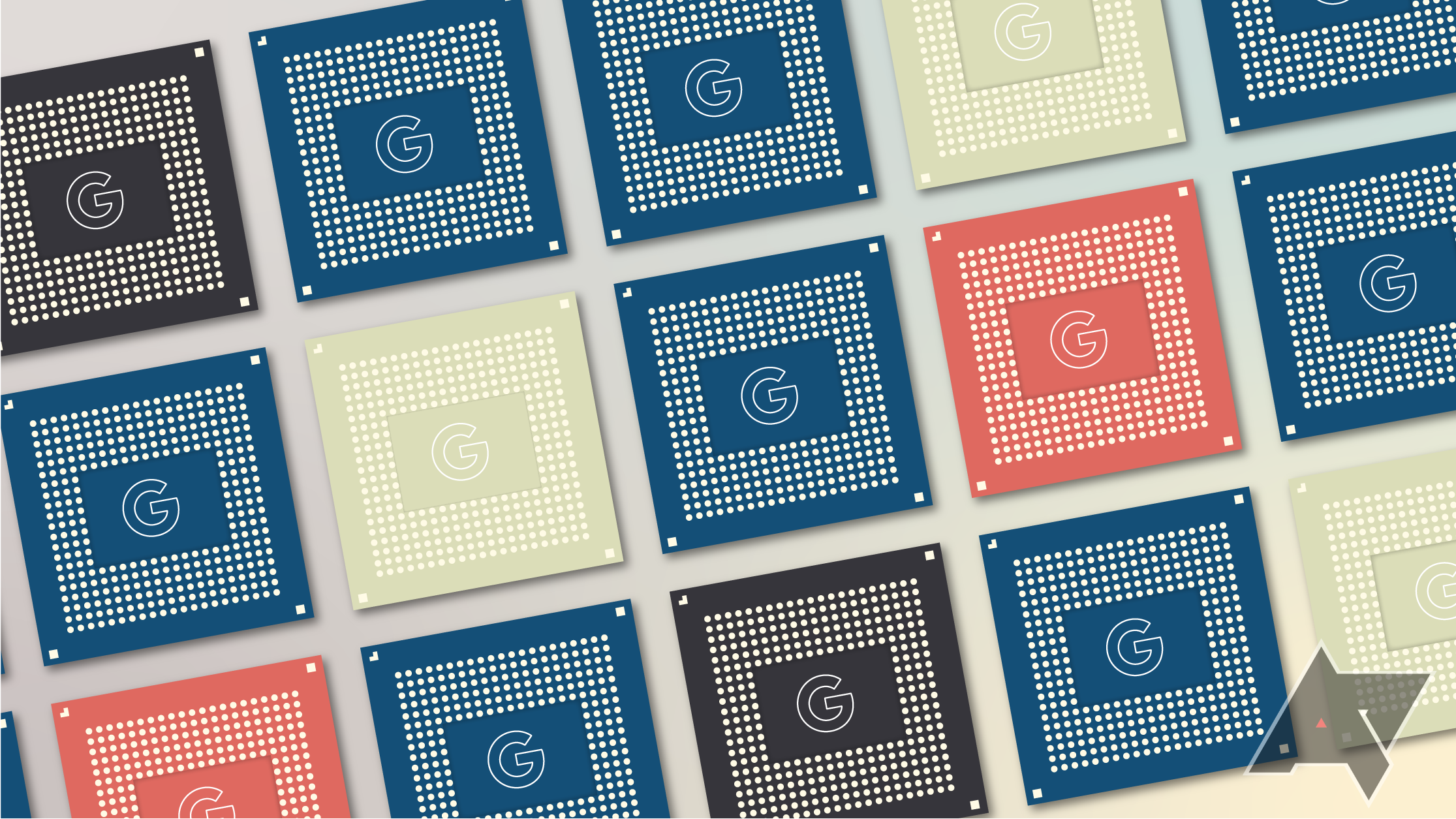
So how else is the Pixel 6 Pro the company's "first flagship?" Maybe in its size, which is physically larger than any previous Pixel. In its battery capacity, which also dwarfs even the capacious cell in the Pixel 5a. Perhaps in terms of camera capabilities, since the Tensor chip adds features like Magic Eraser and Face Unblur, among others. It could just be that the Pixel 6 Pro checks all the boxes for what a typical flagship would offer in 2021: fast wireless charging; water resistance; dual speakers, plentiful RAM and higher storage options; a high-megapixel primary camera sensor; UWB support; a 120Hz dynamic OLED display. But those are still just specs, and until the Pixel 5, the Pixel line was, for the most part, competitive in these areas, too.
No, I think that when Osterloh says that the Pixel 6 Pro is the company's first flagship, he means it in the sense that Google is seriously, finally trying, that it feels like it has all the pieces in place to convince owners of Galaxys and iPhones to see the Pixel as an actual option, not just a side hobby Google will abandon (if they know about the Pixel at all).
It may seem hard to remember now, but it wasn't that long ago that the Pixel only sold at one U.S. carrier, Verizon, and that its October launch was still subsumed into the shadow of the latest iPhone, even a month after Apple's September event. That Google didn't feel the need to spend much time talking to, or about, carriers, that we've reached the point where wide Pixel availability is taken for granted, is about as important as the phones' quality itself.
During its event, Google spent a lot of time talking about how this is a new era for Pixel phones, and that the Pixel 6 series' redesign was done in conjunction with, and to commemorate, this moment in time. But it's disingenuous of Google to say that the Pixel 6 Pro is the company's first flagship; a more truthful telling of the tale would be to acknowledge that previous Pixel flagships just weren't very good, or were inherently flawed, in ways this one is (hopefully) not.
That the Google Store went down hard during and for hours after the event anecdotally suggests that many more people are interested in the Pixel 6 series, and in the Pixel 6 Pro in particular, than previous iterations. There's even a waitlist. Part of it is specs and part of it the lower starting price, yes, but more than anything I think it's the confidence with which Google is approaching this entire narrative, that for the first time Google believes, alongside Pixel advocates, that these phones are the real deal.

.jpg)
